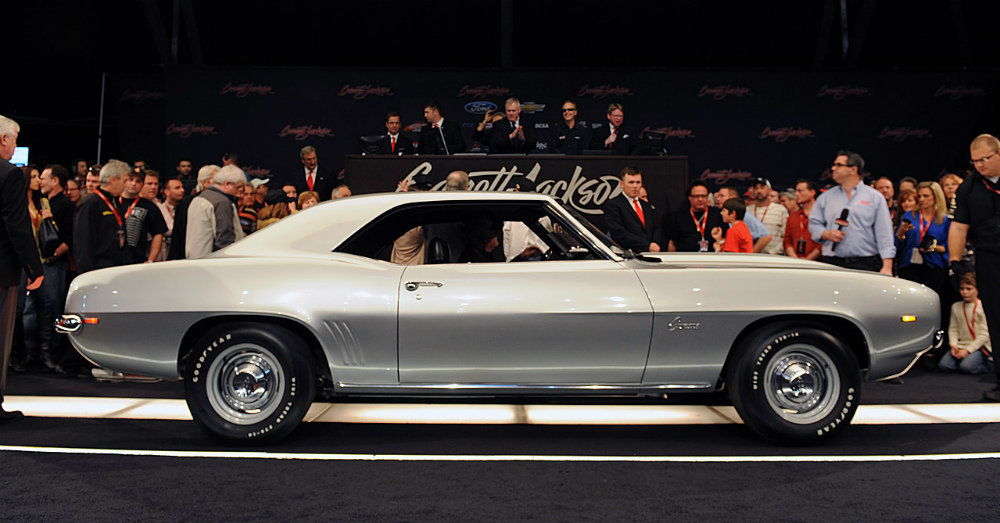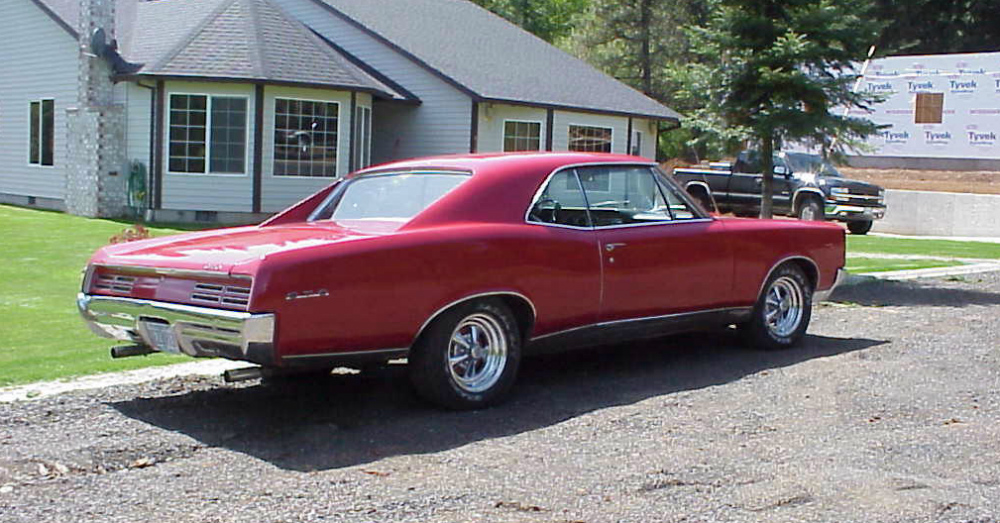A car lover can look at a decked-out, fully-restored, vintage muscle car with the same adoration as a man may look at his new bride, or a woman, her child. Something about gorgeous chrome fixtures, adorning a piece of classic American muscle has the ability to whip people into a frenzy and start naming their favorite pieces of machinery with ease.
Car shows across America draw in massive crowds of adoring fans, and movies about classic cars pull in record amounts of money, so it’s no secret that the muscle car craze is a longstanding love affair for Americans. When measured against the passionate love of all things technology related in new cars, how do these bare bones pieces of artwork stand up?
There is something simplistic about the love of American muscle cars. We flock, in droves, to view stripped down interiors and souped-up engines. If the paint job is shiny and the fixtures are chromed out, all of the ingredients are in place to draw our attention, but what are the top cars? What models will bring out the true lovers?
The ’67 Pontiac GTO is a list-topper across the country. Not only is it a gorgeous specimen of American muscle, it reeks of pure power and style. During the sixties, GM put the kibosh on throwing big engines into small cars, but Pontiac managed to slip the GTO past the guidelines by dropping a V8 into the car that would be called the GTO. The result was a 360 horsepower vehicle that required the addition of a shoulder strap seatbelt in the 1967 model. Largely available in hardtop, there were a small amount of convertible models produced, but the hardtop reigned supreme. With a deafening roar, the GTO vroomed its way into car lovers’ hearts.
In 1968, Plymouth was searching for a way to enter the muscle market, and decided the Road Runner Hemi would be the way to do so. Basic and completely stripped down, the money in designing this car went into the engine. A 426 cubic inch V8 boasting 425 horsepower made this car a contender for the crown. This model eliminated everything that wasn’t considering essential in contributing to the power of the car, except for a quirky little horn that featured the signature “beep-beep” of Warner Brother’s Road Runner cartoon. It cost them $50, 000 in the ‘60’s which is equivalent to roughly $350K in 2015, but they were able to obtain the license to use the road runner name.
When discussing muscle cars, we’d be remiss to leave out one of the most popular rides on the market, even by today’s standards, the 1969 Ford Mustang Boss 429. This rocket needed to be hand built just to handle the massive V8 engine, which weighed in with a meager 375 horses. Classic logos were changed for this model, of which only 1400 were made featuring the re-styled headlights and a brand new off center logo. The rarity of this model is known throughout the car crazed circuit, and true searchers will spend top dollar to get their hands on one. The understated design and attractive lines make the Boss 429 an incredible addition to any muscle collection.
After two years of offering the Road Runner, Plymouth stepped up in 1970 with the Barracuda. Offered in both a V6 and a V8, the ‘Cuda, as it is affectionately known, worked its way onto the list by moving away from its previous Valiant based styling. The Hemi ‘Cuda was the rarest of the line that was produced and served as major competition by containing a 426ci engine with 425 horsepower. This particular muscle car didn’t dumb it down like its fellow cohorts and focused on beautification as well as power by offering different styles for the interior. On the hemi model, a shaker hood, driving up the popularity of this car.
Saving the best for last, the ’69 Camaro ZL1 is at the top of this muscle-lover’s list. With 430 horses on paper, the ZL1 proved itself even more powerful when it came to the drive. Unable to match the success of Ford’s muscle offering with its ill-reviewed Corvair, Chevy developers went back to work and emerged with the Camaro. The inspiration for recent remodels of the Camaro, the 1969 ZL1 is the iconic model that car lovers remember and force into their top five.
Whether it’s the musical sound of the growl of the engine or the fine lines that all contribute to the aerodynamics, muscle cars have been turning heads since the mid-sixties. As manufacturers continue to produce newer versions of their classic models, it doesn’t appear that American’s love of pure muscle is going anywhere soon.
This post may contain affiliate links. Meaning a commission is given should you decide to make a purchase through these links, at no cost to you. All products shown are researched and tested to give an accurate review for you.


